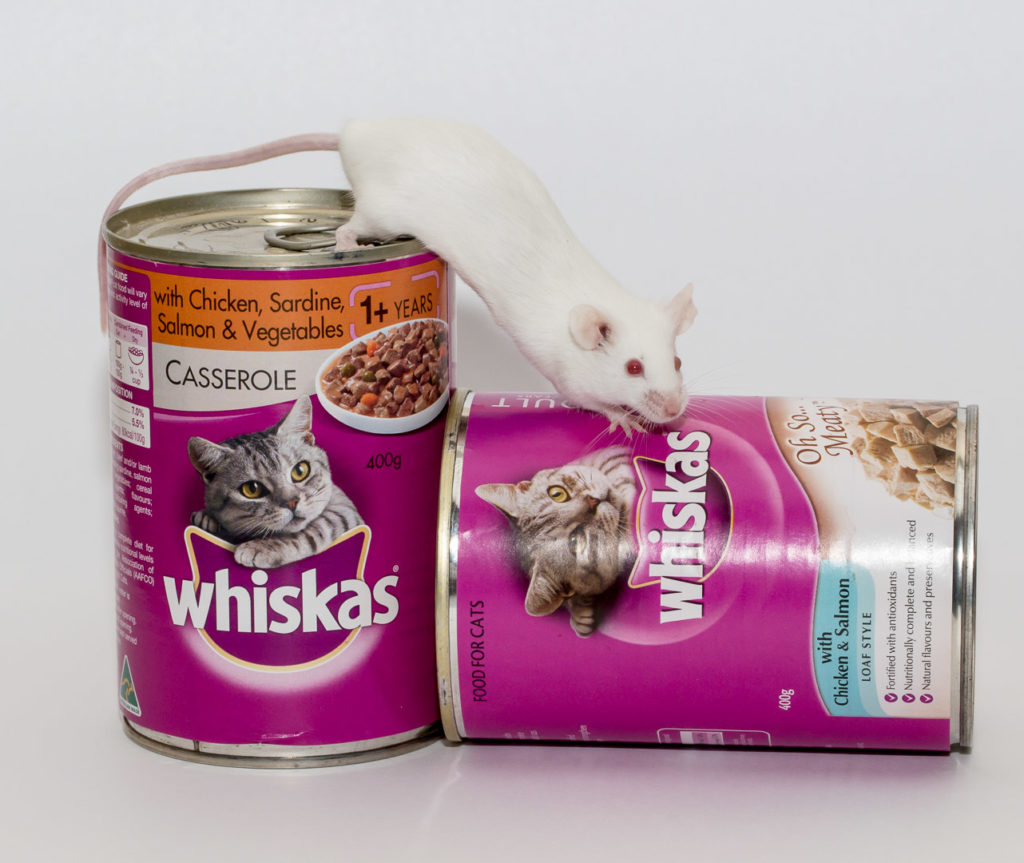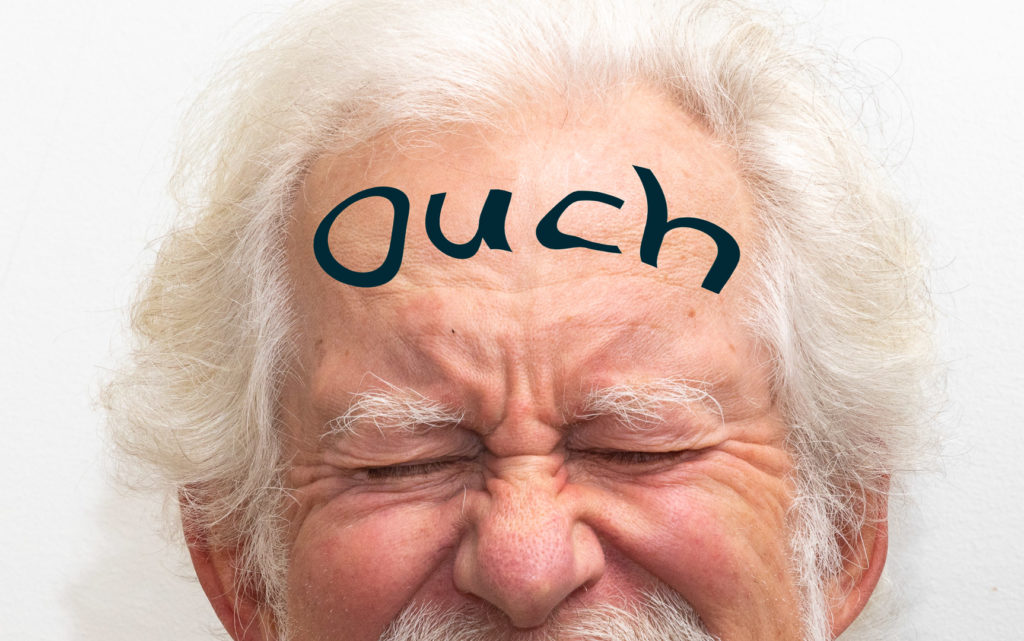The rules about what is allowed in your competition entries can be tricky, so this is an attempt to clarify what is and isn’t allowed, and is provided as a guide. The full details are available in the WCC by-laws available on the main club website.
Content
Acquired content
Generally, use of acquired content is not allowed. You should use your own images for textures, skies etc. However, this rule may be explicitly overridden by a specific subject definition. Make sure you read the subject definitions thoroughly.
With the power of sophisticated software at your disposal, it is easy to add elements to your images that you have not personally created. For example you might add a texture over your image that you have bought (or got free) in a suite of textures made by someone else. You might want to replace that flat grey sky with something more dramatic, and have a library of skies made by other people available to choose from. How much of such acquired content is allowed in your entries depends on which category you are entering.
Note that you must have legal right to use any acquired content. For example, purchasing a set of textures allows you to use them, but creating a texture overlay from, say, an image of a rusty steel panel that you found on the web, is most likely not allowed, as you do not have copyright or legal permission to use that other person’s image.
Whose art work is this?
Being a camera club, the main content of your entries should be your own photographic work. Problems may arise if the photographic subject is “someone else’s art”. A straightforward image of, say, a street-art painting might be disqualified. However if the photographer has added their own artistic content or interpretation then this may be acceptable as an entry. Acceptable images based on this street art example may include:
- An image with the street-artist at work, where the image is more of the artist than of the artwork per se.
- An image depicting the interaction of spectators with the art work
- Using the street art image as part of a composite image, where that image supports a visual narrative created by the photographer

Computer Generated Art
Computer generated imagery can be very creative. Examples might include digital images that you paint using packages like Photoshop or Krita, or images generated by computers using algorithms like fractals. There are a couple of elaborate examples below, but you might, for example, use a fantasy creature as part of, say, a composite constructed faerie/mystical kingdom sort of image. These sorts of images are non-photographic in origin, so not allowed as “predominant content” but may be OK if acquired content is allowed, as minor element in your composition.
Strokes, borders and blockouts
For digital images that contain a lot of black at the borders, it is not uncommon for the authors to add a stroke to define the edge so when it is projected, the audience can see where the image ends against the remainder of the screen (black). This is computer generated material, but is generally uncontentious. A couple of examples are shown below.


More elaborate borders are sometimes used, for example to give an olde-worlde appearance, as illustrated below.

If you make an image in multiple panels – for example a triptych, there is necessarily going to be some computer generated pixels in borders and white space between the panels.

Not allowed???
Here are some example images with problematic content.


The edited image below (image compare, slide the middle divider to see the before and after) is more challenging. The background was hidden by painting over with black (computer generated) pixels. But is the effect distinguishable from what you would get by masking the area and dropping the exposure by, say, 4 stops or more?


Another example …

Text??
Text may be an issue. Text may be part of something you photographed, which causes no issues other than text tends to grab the eye and take the eye away from the subject. Think, for example of a busy street scene. It is quite likely there will be text there in signs, hoardings and the like, or maybe text on someone’s t-shirt. There is some text in the wall of street art in the example above, for example, and the text in the image below poses no issues.

Text added during computer editing is by definition “computer generated content” (as defined in the WCC By-Laws as at January 2023), and as it draws the eye of a typical viewer would also be considered predominant content and not allowed in most of our competitions unless explicitly allowed by the definition. The image below text was added in Photoshop to emphasise the facial expression. The added text conveys a message consistent with the intent of the image, and is predominant content, so the addition of these computer generated pixels would be an issue unless the completion rules allow it.



